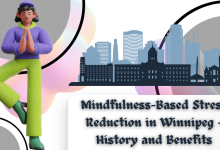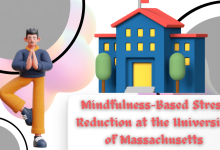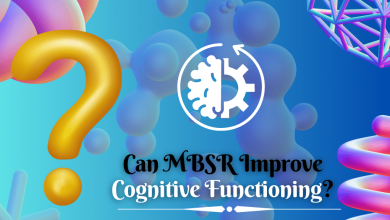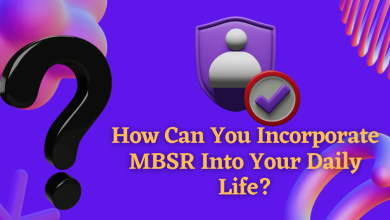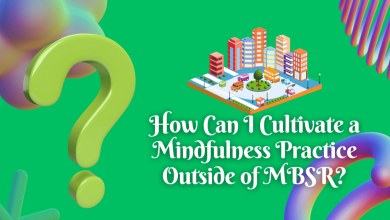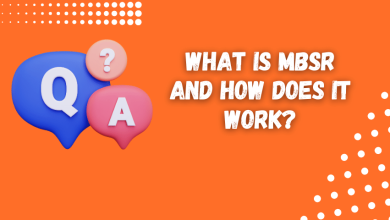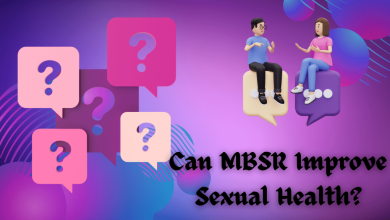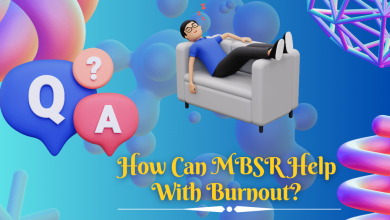How To Become A Certified MBSR Teacher?
If you’re interested in teaching Mindfulness-Based Stress Reduction (MBSR) to others, you may wonder how to become a certified MBSR teacher.
The process involves training, personal practice, and supervised teaching experience.
In this article, we’ll explore the steps to becoming a certified MBSR teacher and provide examples that best explain the process.
Step 1: Attend an MBSR Teacher Training Program
The first step to becoming a certified MBSR teacher is to attend a teacher training program.
These programs are typically offered by organizations that have been authorized by the Center for Mindfulness at the University of Massachusetts Medical School, where MBSR was developed.
The training program typically lasts several months and involves attending multiple in-person or online sessions, completing homework assignments, and participating in supervised practice teaching.
During the training, you will learn the principles and techniques of MBSR and how to teach it effectively to others.
Practical Example: Sarah is a therapist who wants to become a certified MBSR teacher.
She researched various MBSR teacher training programs and found one that is offered online, making it convenient for her to participate while still seeing clients.
She enrolls in the program, which includes several months of online sessions, homework assignments, and supervised teaching experience.
Step 2: Develop A Personal Practice
In addition to attending a teacher training program, becoming a certified MBSR teacher requires developing a personal mindfulness practice.
This involves regularly practicing the techniques you will be teaching to others, such as body scans, sitting meditation, and mindful movement.
Developing a personal practice not only helps you deepen your understanding of mindfulness but also serves as a foundation for teaching it to others.
Practical Example: John has completed an MBSR teacher training program and is now working on developing his personal practice.
He sets aside time each day to practice body scans, sitting meditation, and mindful movement.
As he practices, he notices improvements in his ability to stay focused and manage stress.
Step 3: Gain Teaching Experience
To become a certified MBSR teacher, you must gain teaching experience under the supervision of an experienced MBSR teacher.
This involves teaching multiple MBSR courses and receiving feedback on your teaching.
The purpose of this step is to ensure that you are effectively teaching the principles and techniques of MBSR and that you are able to create a supportive learning environment for your students.
Practical Example: Maria has completed an MBSR teacher training program and has been practicing mindfulness for several years.
She now wants to gain teaching experience and find a supervising teacher.
She contacts an experienced MBSR teacher in her area and asks if she can assist with teaching MBSR courses.
The supervising teacher agrees, and Maria begins teaching courses under their guidance.
Step 4: Apply For Certification
After completing a teacher training program, developing a personal practice, and gaining teaching experience, you can apply for certification as an MBSR teacher.
The certification process typically involves submitting an application, a teaching portfolio, and completing an interview with an MBSR teacher certification committee.
Once certified, you can teach MBSR courses independently or as part of an organization.
Practical Example: Michael has completed all the steps to become a certified MBSR teacher.
He submits his application, and teaching portfolio, and participates in an interview with the MBSR teacher certification committee.
He is approved for certification and can now teach MBSR courses independently.
Conclusion
Becoming a certified MBSR teacher involves attending a teacher training program, developing a personal practice, gaining teaching experience, and applying for certification.
It is a rigorous process that requires commitment and dedication, but it is also a rewarding way to share the benefits of mindfulness with others.

